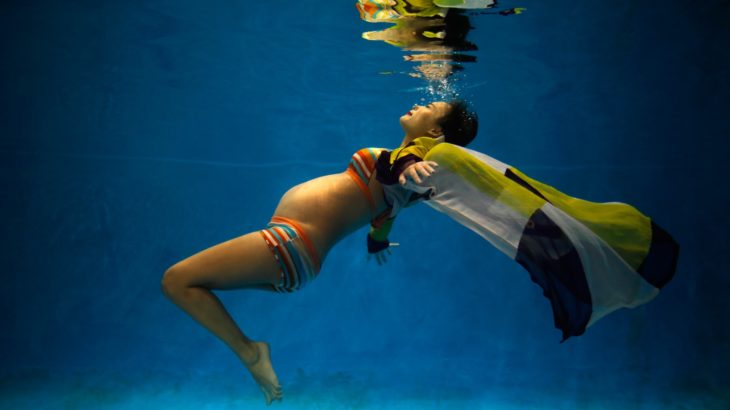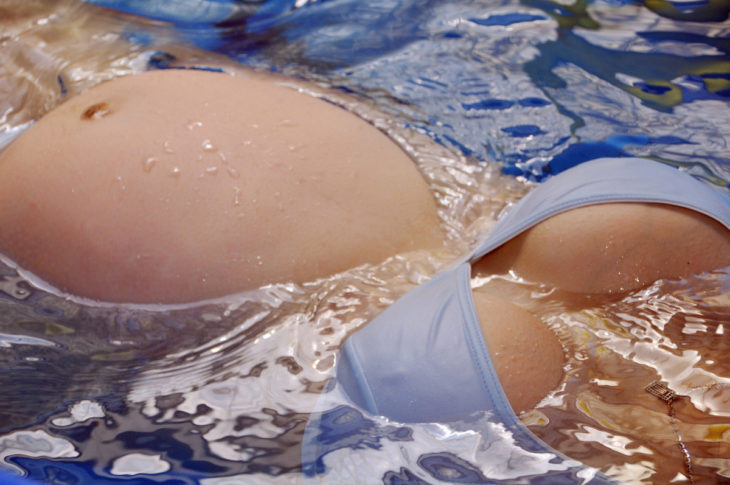Birth: one of the most private, personal and intimate moments of a woman’s life. And for good reason — most usually end with a baby being pushed out of a vagina, and that’s pretty damn intimate. Yet at the same time, how one births has been long debated, challenged, and talked about in public, with everyone chipping in their two cents. Announce that you’re pregnant and you’ll quickly find out what everyone thinks you should do.

Source: The Daily Beast
Over 4 million babies being born in the United States every year. As a country, we also have some of the most expensive maternity care in the world, despite not having the best quality of care. All of that combined can lead to many schools of thought when it comes to how to birth them babies. Me? I feel that every person should have access to the basic information surrounding pregnancy and birth to learn all the ins and outs and make an informed decision that works best for them and their situation. Ideally, everyone would have a provider that would work with them throughout their pregnancy and would act as a resource as well as a sounding board. And yet, for the most part, many moms-to-be simply don’t have access to that type of care. Most expecting patients will see their provider for an average of two hours over the course of their ENTIRE PREGNANCY. Let me repeat that: a cumulative of two hours of one-on-one time over the course of 10 months. It’s no wonder why pregnancy and birth can easily become overwhelming and full of uncertainties.
Recently, the American Congress of Obstetricians and Gynecologists (ACOG) and the American Academy of Pediatrics (AAP) recently issued a joint statement regarding water births, which is a birth where one labors and delivers the baby while submerged in a tub that usually resembles a blow-up kiddie pool. (Talk show host and documentarian Ricki Lake gave birth in her bath tub — you can watch a video of it here.) ACOG and AAP’s statement essentially opposes water birth, claiming that there is no evidence that supports any benefit to mother or child. Despite not finding any evidence that water birth was harmful, they nevertheless suggested that hospitals and free-standing birth centers not allow water births as an option. And, since everyone has an opinion, it should be noted that the UK-equivalent of ACOG issued their own statement supporting water birth. Confusing much?

Source: Toronto Star
What happens now? What happens to the women who has done her research and has decided that a water birth is right for her? The ACOG and AAP statement isn’t a ruling, but rather a suggestions, yet it means providers will take it into consideration when deciding what to offer. It does mean that some places will stop offering water births. It also means that water birth is now added to the pantheon of decisions one can make during birth that will be heavily scrutinized and judged.
Because when it comes to birth, you can never win. Want an intervention and pain-med free birth? There will be plenty of folks ready and willing to fill your head with all the reasons that probably won’t happen. Lots of women get mocked for attempting “natural” births. On the flip side, women also get judged when their births head down the slippery slope of intervention, which usually end up as c-sections. Schedule a non-medically necessary induction or c-section and you’ll never hear the end of it. It’s depressing to think that water births will now be rife with the same judgement, fear-mongering, and many mixed messages.
Original by
